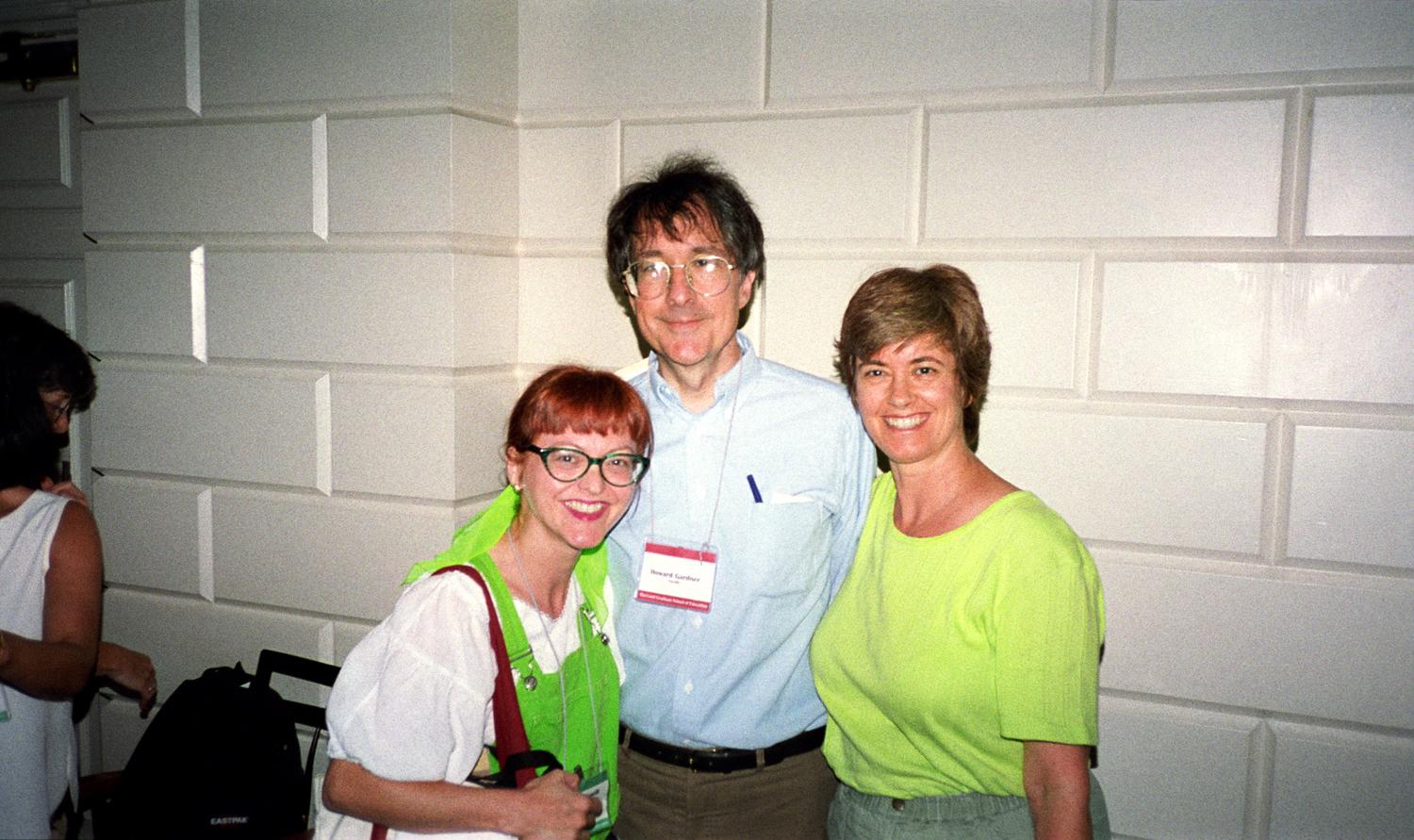- Home
- Contact Information
- Special Needs Professional Development
- Creative Drama
- Improvisation
- Art Gallery from our Music Videos
- Multiple Intelligences Inclusion
- Multiple Intelligences Resources
- Tony Award Winning Paper Mill Playhouse Affiliation
- About Theatre in Motion; Reviews; and our Newest Project!


Searching
Multiple Intelligences Inclusion
An important quote from Howard Gardner,
author of The Theory of Multiple Intelligences:
"The biggest mistake of past centuries in teaching has been to treat all students as if they were variants of the same individual and thus to feel justified in teaching them all the same subjects the same way."
Frames of Mind is Gardner's inclusive book that started the conversation about Multiple Intelligences, in which Intelligence is defined as the ability to solve a problem or create a product that is useful in one or more cultures ... not a fixed entity based on IQ.
Gardner's theory demonstrates that The Arts are cognitive.


Left to Right: Artistic Director Leslie Fanelli,
Dr. Howard Gardner, and teaching artist
Barbara Pearson.
Photo taken at Harvard University.

Program Four:
In 1983 Dr. Howard Gardner of The Harvard Graduate School of Education first told the world about Multiple Intelligences theory (MI) in his book Frames of Mind: The Theory of Multiple Intelligences. Its publication heralded international interest in the field of education. Gardner's Theory of Multiple Intelligences, which suggests that people have at least eight intelligences, encourages educators to reach beyond the standard Linguistic and Logical-mathematical ways of teaching and learning and to include Musical, Bodily-kinesthetic, Spatial, Naturalistic, Interpersonal and Intrapersonal Intelligences. According to Howard Gardner, the definition of an intelligence is, the ability to solve a problem or create a product that is useful in one or more cultures. This view of cognition has very little to do with IQ or any finite number. Indeed, intelligence is learnable.
The intelligences are (in no order of primacy):
Linguistic: The ability to understand and use language in order to solve a problem or create a product that is useful in one or more cultures
Logical-mathematical: The ability to understand the science of numbers or rationally deduce by sound reasoning (as in the conflict/resolution of a story) in order to solve a problem or create a product that is useful in one or more cultures
Spatial: The ability to transform objects of two and three dimensions within an individual's environment to give some kind of order or meaning to the space, which is used to solve a problem or create a product that is useful in one or more cultures
Bodily-kinesthetic: The ability to utilize the body and physical movement in order to solve a problem or create a product that is useful in one or more cultures
Musical: The ability to discern meaning and importance to percussion or to sets of rhythmically arranged pitches and/or to produce such percussive or pitch sequences in order to ...
Interpersonal: The ability to notice and make distinctions among individuals regarding their temperaments, moods, motivations, etc.; the ability to communicate person to person or to large groups in order to ...
Intrapersonal: The ability to know thyself in order to ...
Naturalistic: The ability to see and hear specific links in Nature, recognize patterns in Nature; the ability to categorize down to minute detail in order to ...
Gardner's MI theory also embraces life long learning. Theatre in Motion's creative, participatory Multiple Intelligences workshops help educators to increase student interest in this kind of learning. And, as noted, learning with our multiple intelligences happens throughout our lives.
Following is Leslie Fanelli's article on Multiple Intelligences and
The Arts:
Howard Gardner has written a plethora of edifying books over the decades.
Learn more at: